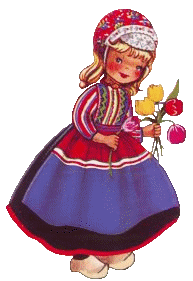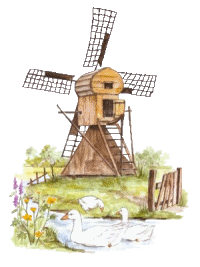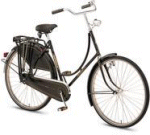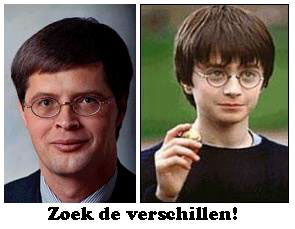The Netherlands
Members
Drinkcoffee, Junfemka, Femkajun, Plushie62, Kafemjun Time
10 hours ahead of Neopian Standard Time Language
Dutch (and Fries) Wether
rain, cold, stupid Most popular sport

Monarchy
Queen Beatrix

The Netherlands has a population of over 16 million. This number was around 5 million in 1900. The country covers a total area of 41,526 square kilometers. As this figure not only includes land but also rivers, canals and lakes, each square kilometer accommodates an average of 449 people, making the Netherlands one of the most densely populated countries in the world.


No, we don't walk on wooden clogs, lol. And no, we don't wear those clothes.
And yes, we do like tulips...and cheese..and italian food..and lots more!
The Dutch Flag

The most popular way of transport

The most popular drink?

Look at this picture...does Harry Potter comes from Holland?

No, but it looks like his father does....

It's Jan Peter Balkenende, our new prime-minister probably, lol.
Questions? Neomail Drinkcoffee
| As indicated in the famous painting by Vincent van Gogh (the aardappeleters, meaning "potato eaters"), the main ingredient in old-fashioned Dutch dinners is potatoes, usually accompanied by meat and boiled vegetables. The Dutch traditionally don't use very sharp spices and are very fond of pouring gravy onto everything. The Dutch have however always been internationally orientated and nowadays you can expect to find meals varying from Italy to the Orient and from China to Afrika on Dutch dinnertables, especially amongst younger people. The consumption of dairy produkts is extremely high, which, according to some scientists, accounts for the high average height of Dutch men and women. The Dutch usually start off the day with bread and coffee or tea, eat some more bread (with cheese) in the afternoon and end the day with a hot meal. Traditionally the hot meal is served at 18.00h. but dinnertime is shifting more towards 19.00h nowadays, a bit later if you eat out. Below is listed some typical Dutch food which you should certainly experience during a visit to Holland. Most of the listed food is available at any supermarket.
|
If you like to know more about The Netherlands, you could visit this page: Holland